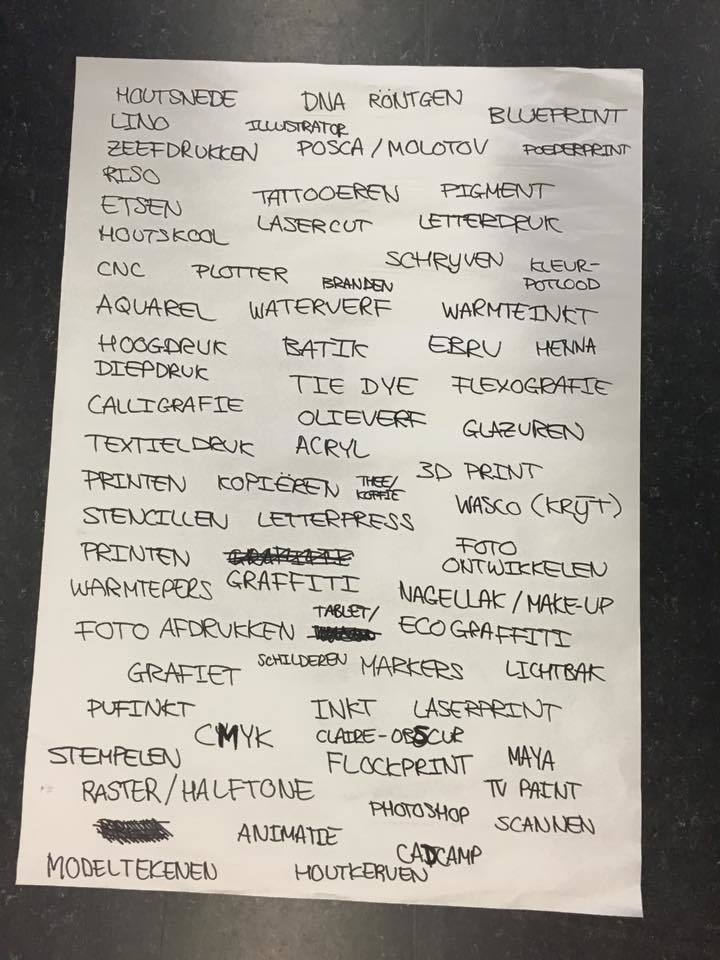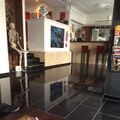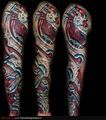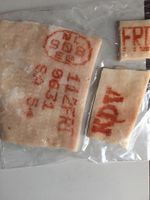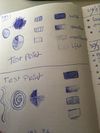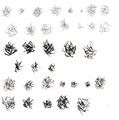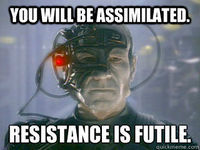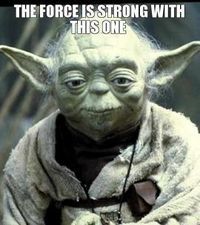User:Danibanaani
Making is connecting project
- To find my work and research for my main course: [My Tumblr | http://daan-finearts.tumblr.com]
- Theory for this course: Making is connecting
Printing and Drawing
At the first lesson I was placed in the group printing and drawing, we had to choose a method to research. Me and my big mouth said 'Tattooing' since I love tattoo's I wish to research this method, luckily I have access to a great tattoo artist and a apprentice who can teach me the know and hows of tattooing. These fantastic people are Abigail Eijsbroek (the apprentice)and Pim de Rijk (the artist) Portfolio of Pim who both work at Art of Ethernity Their site under Stefan who specializes in realism. (I will come back to the different styles of tattooing later) I went there to learn the theory basics, see tattooing with an other perception and experience how this culture works in a tattoo shop.
Research
Hereby all my research on tattooing :)
Tattooing basics
First of all you need to know the basics of tattooing
- On a stencil you retrace your image so you can stick it temporarily on the skin, wen it's placed you can retrace it with the machine.
The history of tattooing
For the history of tattooing please see the video's. Documentry about tattooing is a very broad documentary about different ways of tattooing, throughout history and gives loads of information. Short history of tattooing is a very short summary of the history of tattooing.
Stick and poke
Stick and poke is the 'analog version' of tattooing. Instead of working with a machine you use pressure, needles to penetrate the skin and push ink into the skin. This method has been around for ages (see documentary) plus done by a 'thuisprikker' (couldn't find the english word for it; someone who tattoos at home) and is a big part of the DIY culture an instructables about stick and poke These are some of the official stick and poke tools.
Tattooing with a machine
Tattooing with a tattoo machine is very different than it looks. (unfortunately was impossible to experience it for myself) A link which shows how the machine works in slowmotion. When tattooing with a machine you work with needles, which come in different shapes and sizes for different purposes. Also with a machine you can shade, without not (I'll come back to that later under Stick and poke) This link shows how to setup a tattoo machine.
Tattooing styles
There are a lot of different styles to tattoo, loads and loads. Here I will list with links the most important styles of tattooing and in tattooing history.
Japanese (Yakuza) Documentary with somewhat bad voice over Background info
Old school (American traditional) Rick Walters one of the better old school artists background info
New school (Neo traditional) Background info
Biomechanical Background info
Tribal (many different cultures made these see the documentary in history) Again a little history lesson about tattooing
Photo realism Some advise Black&gray Color realism
Prison tattoo (single needle) great documentary about Russian prison tattoos Background info
How to be a tattoo artist
If you want to tattoo there isn't a school available to help you get there, it's years of training and being an apprentice. This job still goes by old methods, with a guild like system. At first you need to work at a shop, by cleaning or being bossed around for chores. However this part isn't easy to get into most people need to almost beg to get in even there, and already have some tattoos to prove your determination. Then when you clean you'll need to study, draw endlessly and study and draw even more. You need to buy supplies this without getting paid and being at the shop 24/7 mostly so it's hard to get by. This process usually takes years also, at one point you will have to start learning on skin, mostly this is a fake skin, pigskin or your own skin. Then when after years of training, learning you might finally get the chance to tattoo, usually tattoo artist are at youngest 20 something or end 20's. You need to have mad drawing skills and loads of patient and determination to get in.
However there are people who don't and study at home and work from home, these are called 'thuisprikkers' they don't apply the rules of tattoo shops mostly and who's to say what's better? The quality is main concern which most thuisprikkers don't have unfortunately, but it is interesting to see (some you can call) artists who make tattoos breaking the conventions of the shop. Also some background information about 'thuisprikkers' Vice made a documentary in dutch though link to docu
Skin as medium
Skin has been used for ages as a medium. For clothing, paper, rugs, shelter, musical interments, all kinds of furniture even as light cover. Hide extra info Vellum a sort parchment about Parchment Parchment is limed, which is a way different technique than tanning. Both however are ways to preserve the skin. Process of tanning An other link about tanning (Weird enough the word looien is tanning in english) About human skin used as medium Industrial way of tanning (A bit of a bad American commercial but informative) Tanning a hide at home with hair
The image seen on the left are the piggies I used for this project, which I'd like to share. The code on this pig is traceable to see, find where and when it died. It's a mark that shows it was certified. I have also jet to find the ink in which the animals are marked with, since it's stamped and not tattooed or burned in.
Making
There come all the making :)
Test print
After the first few tries on pigskin with some advise I found a way to visualize my techniques in a more clear and logical way. I had to make a test print.
I came to the tesprint a printer makes to shows it's working as a format sort of, however every technique asked for it's own design sort of I tried to make it unified. These are my first test sheets. However every technique got their own since it asked for it. On the long arm printer I couldn't do my elaborate one since there was no time unfortunately.
Tattooing the pigskin
Not just tattooing but more 'printing' on pigskin. I did some tests with various techniques, unfortunately not all I wanted to do. There was little time and loads to experiment, I probably will do it later on in my own time. After the workshop in Antwerpen (see Workshop@Indianen) I made a machine tattoo, however at first the machine wouldn't, I actually pushed Tim's long arm printer to its limit, yaay for me. After consulting with Tim we found a way to make the printer tattoo which was amazing! (I have a video which I will show in class the video also contains some tattooing by my friend which cannot be published online for her reputation as an artist, so if you'd like to see it contact me) After viewing this I found out that tattooing is already being done by a machine. There is a machine called [Freddy | http://www.palminfocenter.com/news/4685/palm-os-robotic-tattoo-machine-invented/]and by [modified 3D printers | https://www.youtube.com/watch?v=UNZ3j5W1Kg0] also known as [Auto ink | https://www.youtube.com/watch?v=uPPxJ3CMvHw]. An other conclusion for me is burning and pouring ink doesn't work, after lasercutting and pouring ink nothing was readable anymore. The weird thing is after lasercutting the pigskin heals quickly, even after being in my fridge for a week it still heals..... silly pig. After searching I still haven't found my answer jet to the pig's mitosis after death.
Workshop@Indianen
At the workshop in Antwerpen in the Indianen studio, we made our collaborative work. Tim Knapen first told us about the machine and how it works. First make an SVG file and then you can print by using a pen, marker, whatever isn't too heavy and fits in the machine. So some people did that (to see mine of pushing the limits it's under Tattooing the pigskin). Manouk's project with Stipple gen and came with the idea to make a print with dots. Ilfa and Manouk brainstormed a lot how to go about it together they came with the genius idea of using an IV cord in there you can push by a syringe a material trough the tube. This was basically the result. Thanks to Marjolein I took the pictures and film and included it in my wiki as well.
Examples
So for the examples, I will elaborate what and why.
1 Historical; For the historical I'd like to nominate the carved technique, since it's the oldest technique I've used voor tattooing. It's the way Maori's traditionally tattoo still but it's very rare and very painful, also dangerous. It's not a pretty test and definitely wouldn't win the beauty prize but this was hard to do, I carved 3 times and this one sucked the least. I actually was already surprised it worked.....
2 Comparative; Thereby I'd like to point out that burning skin and 'skaring or wounding' is a big difference. Of course in feeling and the process is different but the two different body modification methodes don't mix. With poking/carving/wounding you can unpunished pour ink into the wound/hole/cut and it will stay behind, however when you burn skin it will not whatsoever take in the ink.
3 New Skill; To be honest everything except lasercutting was new however I'd like to give this title to stick and poke. Stick and poke required loads of patients anw was very hard to do since I have no experience with tattooing at all. It was much harder than it looked and the funny thing was the first try is better than the second one. The second one required a lot of precision and better or more exact tools which I didn't make. Jet was interesting to learn.
4 Pushed to the limit; This one definitely goes to the long arm printer, since the machine was at it's limit. We had to modify the stroke and SVG file to come to this result which is awesome and esthetically pleasing. Also for Tim it was interesting since he found the limit of his machine. I do have to mention this was a hard choice since the lasercutted one with ink poured was also a good option. The fact that burning and poking does work both but the burning and pouring combination doesn't was a bit disappointing, however a interesting conclusion that skin if burned is closed and cannot be inked like non burned skin.
5 Shared -> See Workshop@Indianen
Conclusion: From all methods I learned something, To me skin is a new material which is interesting to try out. Also I'll find a way to preserve it and will probably tan it. I learned new ways to work with unconventional materials in different ways. Unfortunately I couldn't do all the techniques I wanted however 10 weeks are short. I possibly go on with this project later.
Statement
So at the first lesson we started brainstorming about printing and drawing techniques. As I mentioned before I said tattooing since it's got my interrest and fits unconventionally the technique. My father works at the printers and is a bookbinder so I rather research something more interesting to me. Since I love tattoos and am so lucky to have a friend who is an apprentice I have some easy access to loads of information about the tattoo world. I learned tattoo artist are very secretive about techniques and not open to outsiders, it's one of the few professions who still works with a guild like education. (see how to be a tattoo artist) So instead of just focussing on tattooing itself which is broad and interesting I focussed on skin as material more so, in printing techniques. Skin is about the oldest material used, not just for tattooing or printing and drawing but also for clothing. Also I wanted to learn more about the craft tattooing therefore I did loads of research. Since there are many aspects on skin as material to styles and techniques in which to tattoo. Traditionally tattoos have meanings in different cultures for example the Ainu indians women tattooed their upper lip as a sign of futility, ancient tattoos are supposed to heal the wounds or the Mauri to show their heritage. Tattoos are supposed to tell stories, they are a way of marking your life on certain events, or your journey (referring to Sailor tattoo's).
Nowadays tattoos are a way of decorating or memo-rating more than something els, old traditions start to die off and new ones emerge. Before tattoos were part of freakshow and unacceptable in the community, this is changing to the trend hipster, tattoos aren't terrifying anymore, it's not just for freaks, sailors or prisoners but for everyone now. It's more common.
Also the DIY culture is influenced by tattooing, more and more tattooing is done home and not at certified shops anymore. Which could be seen as bad, since it's a health hazard and the quality usually sucks but it's also a new way of unconventional tattooing. Shops have rules in which you have to apply ("resistance is futile" Star Trek reference) so new ways don't really evolve fast. It's positive but negative at the same time.
During this project I also went on the DIY tour, since I am too poor to buy the equipment needed to actually work with the tattoo machine itself. I found there are many different ways of tattooing unconventionally. I mean I borrowed a cheap 'gun' from my friend but without the machine to hook it up it's useless. Well not completely I got to examine and use it through the long arm printer of Tim. So DIY all the way. To be honest what I do in my practice isn't a clear picture jet. I work with topics as: sound, digital vs. analog, emotions, unconiousness, manipulation and making invisable visable usually. So it's not directly linked to my practice. However I really wanted to learn this and experment with it, in which 10 weeks are way to short! But I discovered the many layers which even learning a craft has, which I still try to figure out in my own practice. Also I might work with skin more after this, or just the tools which where very interesting. It definitely brought me knowledge I didn't know before, also rules and traditions which are interesting. I make because I want to. At my own practice which is fine arts, we think a lot. It's nice but sometimes you just want to make something. I think I finally found a balance, before starting fine arts halfway last year I studied fashion for 5 years. In fashion you just produce products, you are like the machine without thinking Ruskin complained about. I did too, therefore I switched, since I need the thinking, reflecting and talking but also the making. My hands itch if I don't make, whether it's digital or analog I need to make. Also by doing I learn best and experience "The joy of making" (William Morris in David Gauntlett's book Making is connecting) I'm motivated to make, discover and learn because I want to, I have fun but mostly I need to. Otherwise I'll get frustrated. Making is addictive.
